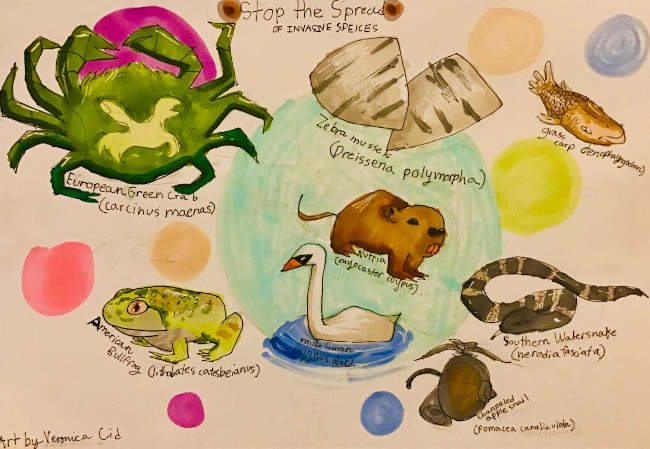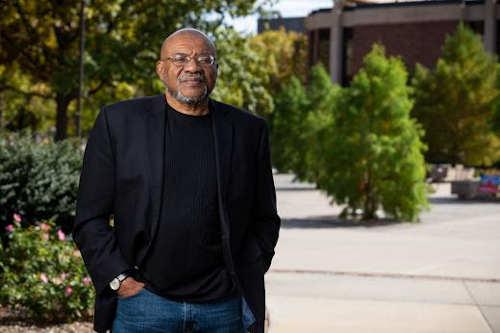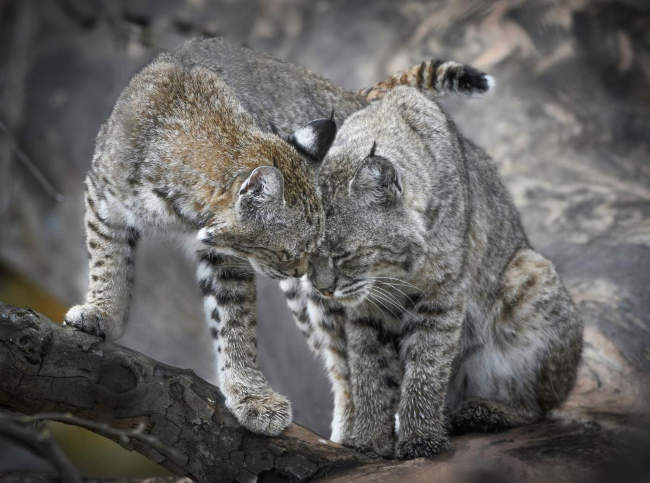- California Department of Fish and Wildlife
- Posted On
Youth art contest rallies californians to unite to fight invasive species

The California Department of Fish and Wildlife is pleased to announce the ninth annual California Invasive Species Youth Art Contest.
This year’s theme, “Unite to Fight Invasive Species,” reflects the need for all Californians to work together to prevent the spread and impacts of invasive species.
“The Youth Art Contest is an opportunity for students to combine science with artistic expression while learning about an important environmental issue,” said Elizabeth Brusati, an environmental scientist with CDFW’s Invasive Species Program. “We want young people to look for ways to stop the spread of invasive species. Helpful actions could include choosing native plants for landscaping, not releasing unwanted pets into the wild, reporting invasive species sightings and cleaning clothing and gear to prevent unintentionally moving organisms from one location to another.”
The contest is offered by CDFW’s Invasive Species Program in conjunction with California Invasive Species Action Week, which will be June 4 to 12 this year.
There are three age divisions for youths in grades 2-4, 5-8 and 9-12. All types of media are welcome and encouraged, including (but not limited to) drawings, paintings, animations, comic strips, videos and public service announcements.
Entries must reflect the 2022 theme: “Unite to Fight Invasive Species.”
The top three winners in each division will receive awards and have their entries announced on CDFW’s social media.
Additional details and inspiration, including prior years’ winning entries, can also be found on the CDFW website.
The deadline for art contest entries is April 1. Completed entries and entry forms should be submitted electronically. Submission instructions can be found on the CDFW website.
The goal of California Invasive Species Action Week is to increase public awareness of invasive species issues and encourage public participation in the fight against California’s invasive species and their impacts on our state’s natural resources and biodiversity.
The mission of CDFW’s Invasive Species Program is to reduce the impacts of invasive species on the wildlands and waterways of California. The program is involved in efforts to prevent the introduction of these species into the state, detect and respond to introductions when they occur, and prevent the spread of those species that have established.









